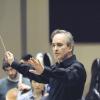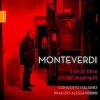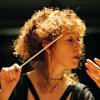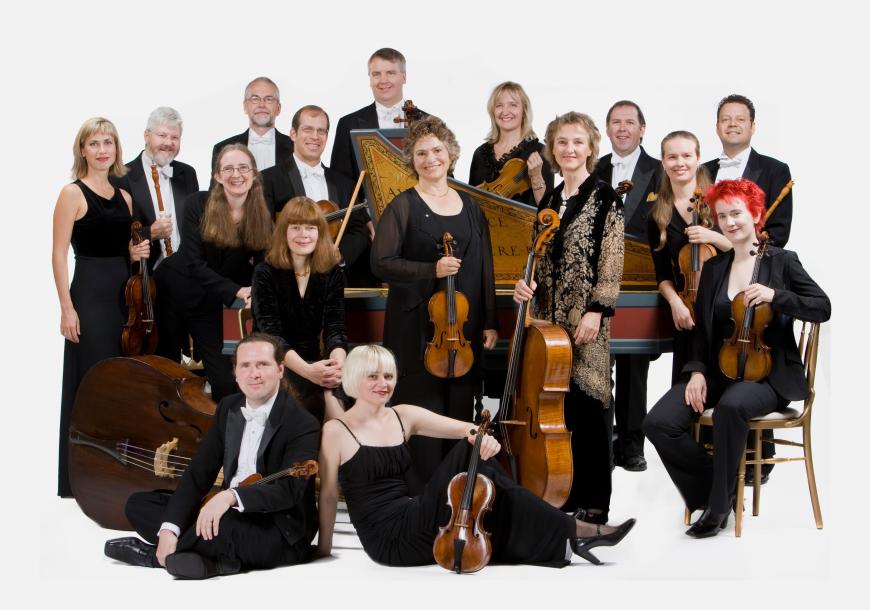
The world of Baroque music lost a great soul when Jeanne Lamon died this June. A violinist, she was celebrated for clear and sensitive playing and for nurturing the Toronto Baroque orchestra Tafelmusik, which she directed for 33 years. Lamon assumed the leadership of Tafelmusik in 1981; within a decade, the orchestra had acquired an international reputation and began issuing a number of important recordings produced by Analekta, Sony, and more recently in-house by Tafelmusik Media. It is now one of the top ensembles of its kind.
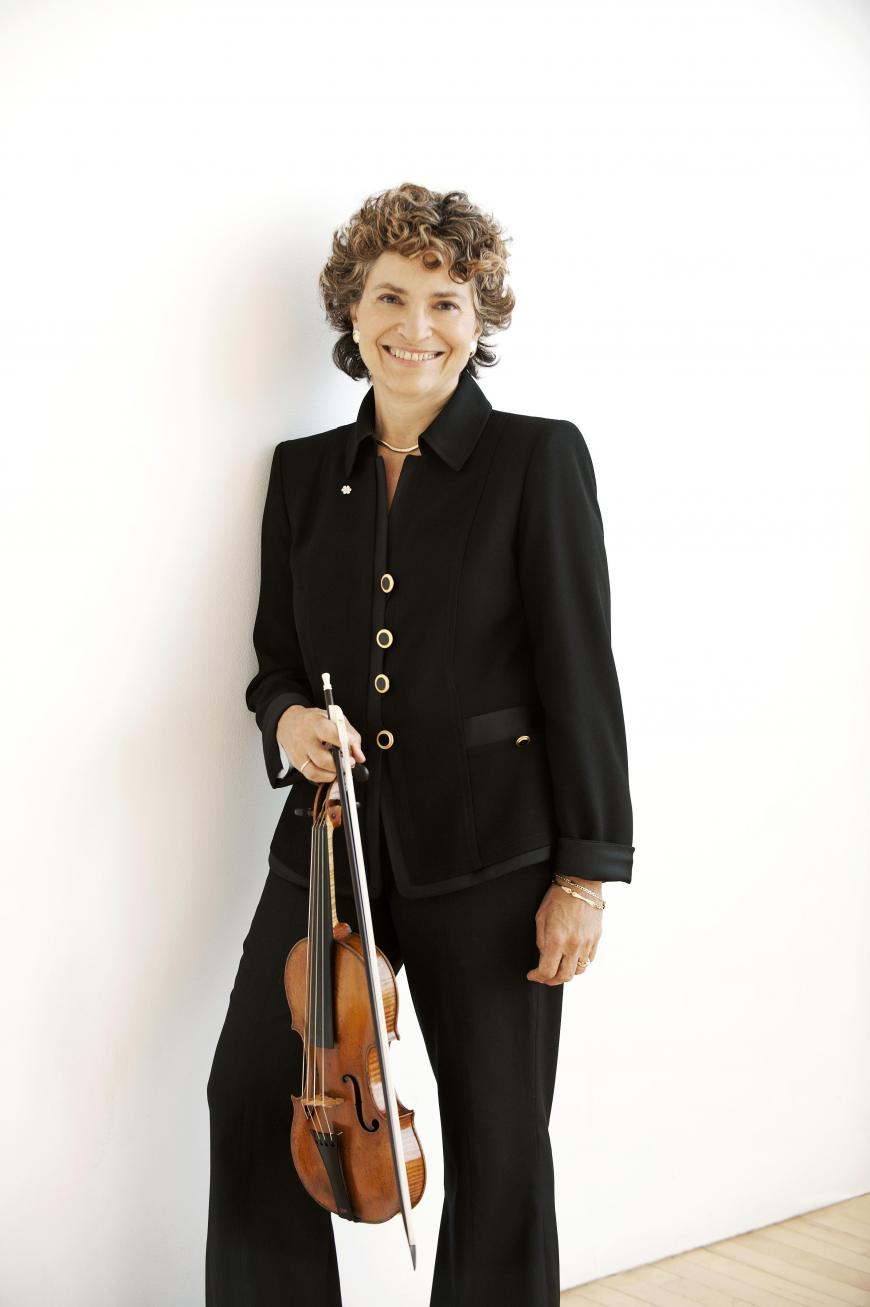
One of the hallmarks of Tafelmusik is the tightness of its ensemble and the warmth of its playing, qualities which many ascribe to Lamon’s generous personality and high musical standards. A contributing factor was that she led the orchestra not from a podium or from the harpsichord, as is the case with many such ensembles, but as a violinist — a participant whose bow arm signalled a wealth of musical nuance to her colleagues. In a recent conversation with Tom Kelly she aptly described herself as “prima inter pares” (first among equals); a combination of leadership and egalitarianism imbued Lamon’s Tafelmusik recordings with a particularly fluid grace. Her welcoming smile — a great asset for an ensemble leader — is evident on the many YouTube clips that show her directing Tafelmusik.
The Lamon/Tafelmusik discography includes many of the great names of the Baroque orchestral repertoire — Corelli, Vivaldi, Handel, Telemann, Purcell, and especially Bach. But there are also fine albums featuring lesser-known Baroque composers such as Geminiani, Schmelzer, Biber, and Zelenka. Collaborations with the cellist Anner Bylsma resulted in albums of cello concertos by Haydn and Leonardo Leo. Several discs of music for solo voice show how expressively Lamon and Tafelmusik collaborated with singers. The CDs that I’ve listened to share an acoustic that transmits the clarity of Tafelmusik’s playing: The sound is at once rich and detailed.
Just last December, Lamon joined violinist Chloe Kim and her partner, cellist Christina Mahler, in a video released by Victoria (BC)’s Music for the Pause — that is, of course, for the pandemic. It is typical of Lamon’s commitment to ensemble playing that she converted Bach’s Chaconne — one of the peaks of virtuosic solo violin — into a piece for chamber trio. Along with the fireworks, Bach’s inventive variations flow like a clear north-woods stream across the rock-solid foundation of its repeated bassline. My favorite moment is the change to D Major at about 6:16 on the video.
In chronological order, here is a sampling of Lamon’s work as director of Tafelmusik, often featuring her as violin soloist.
Vivaldi: The Four Seasons (Sony, 1992). This early CD, with Lamon playing the violin solos, balances excitement (thunderstorms in spring! hunting in autumn! slipping on the ice in winter!) with grace (birdsongs, shepherds and nymphs dancing). Lamon’s tone, as always, is refined, precise, and engaging, clearly playing with an eye on the pastoral sonnets that accompanied Vivaldi’s score, and which he probably wrote. Adding a lute to the basso continuo adds intimacy, for example in the lovely Adagio molto of the Autumn concerto. Among the dozens of recent historical-performance recordings, this early one is well worth going back to — especially with the Vivaldi’s haunting Sinfonia “Al santo sepolcro” as a bonus on the album.
Bach: Brandenburg Concertos (Sony, 1994 — 2 CD set). Lamon’s particular brand of leadership is evident here in the tight ensemble playing, rich clear sound, varied coloration, and cooperative give-and-take among the many high-quality soloists. The tempos tend toward the moderate, but rhythm and spark are never absent. As one would expect in a great Baroque orchestra, the basso continuo is a pleasure to listen to, and it is obvious that the soloists do listen! High points for me include #4 in F Major, with Lamon’s nimble violin scampering about with the two fine recorder soloists (Marion Verbruggen and Alison Melville); the second Allegro of #3 in G Major, played at a goodly clip with clarity, confidence, and joy; and my favorite of all the concertos, #5 in D Major, with longtime Tafelmusik harpsichordist Charlotte Nediger elegantly surfing some big waves in the great first-movement cadenza.
Bach: Concertos for Violin (Sony, 1995). This album features Lamon as soloist in two of the Bach concertos for solo violin (A Minor and E Major). And yes, even while she deservedly takes center stage, it’s a pleasure to listen to the back-up band (Tafelmusik, that is). Here is a soloist who also knows how to direct and inspire a group. Lamon’s own playing is varied in color — fluid in the gorgeous Andante of the A minor, precise and thrilling in the three-note rising arpeggio that opens the E Major concerto. The CD also includes the D Minor Double Concerto, performed by Linda Melsted and David Greenberg, and the D Major Concerto for Three Violins with Lamon and the forenamed colleagues, again a first-rate instance of virtuoso cooperation.
A Scarlatti: Salve Regina, Vivaldi: Stabat Mater & Concertos for Strings (Analekta, 2003). Cantatas by Vivaldi (Stabat Mater) and Domenico Scarlatti (Salve Regina) with soloist mezzo soprano Marie-Nicole Lemieux are fine examples of Lamon’s sensitive directing of singers. Tafelmusik here produces a particularly gorgeous string sound to complement Lemieux’s rich and fluent delivery. Not to be missed is the delicate interplay of singer and orchestra in Scarlatti’s “O clemens.” The cantatas are matched with two instrumental pieces by Vivaldi and a fine concerto grosso by the English composer Charles Avison, based on Scarlatti’s keyboard sonatas.
Bach: Orchestral Suites (Analekta, 2003). Jeanne Lamon’s directing of Tafelmusik from the violin pays off in this superb album: you can tell that her colleagues are all aware of how she is moving her bow. The dances all seem eminently danceable, with a warm French lilt to them that honors their French names. The orchestral balance is never heavy, the lines are independent and yet balanced, and the overall sound has a spaciousness and presence that makes me think — and wish — that I were in the hall with them. This album includes the two D Major Suites with trumpets and tympani (# 3 and #4) as well as the C major Suite (#1), with its smaller forces.
The Galileo Project (Tafelmusik Media, 2012). This CD/DVD set films Tafelmusik’s ground-breaking and widely-toured tribute to the International Year of Astronomy, 2009 — the 400th anniversary of Galileo’s first use of the telescope. With stunning backgrounds of astronomical images, some from the Hubble Telescope, it’s a beauty to watch (a number of clips are available on YouTube). The music — a compilation of planet-related pieces from across the Baroque era — is played entirely from memory, a remarkable commitment for an orchestra of 18 players and a full-length program. Two of my favorite tracks are the brilliant Allegro from Vivaldi’s A Major double violin concerto — Lamon raising sparks with fellow violinist Julia Wedman; and for a contrast, the gorgeous Passacaglia by Biagio Marini, rising and falling like waves in the sea (or more appropriately, in space). Selections from Lully’s tragic opera Phaeton, about the boy who loses control of the chariot of the sun, are featured as well, befitting this solar-inspired program.
J.S. Bach: Cantatas BWV 54 & 170; Concerto BWV 1060; Orchestral Suite No. 2 (Analekta, 2013). If the Second Orchestral Suite had to be left off of the album of Bach Suites above, here it is in a version that some speculate might have been the original — a step lower than the usual B-flat — and here with solo violin (Lamon) in place of the flute. The dances have a welcome muscularity, for example in the thrilling Polonaise. The Badinerie ends the Suite in a delicious whirl. Countertenor Daniel Taylor sings Bach Cantatas BWV 54 and 170; the pastoral opening and flamboyant organwork in the closing of BWV 170 are particularly wonderful. In addition, the album includes the C Minor Concerto for Oboe and Violin, with Lamon (unfortunately a bit under-miked) and oboist John Abberger.


